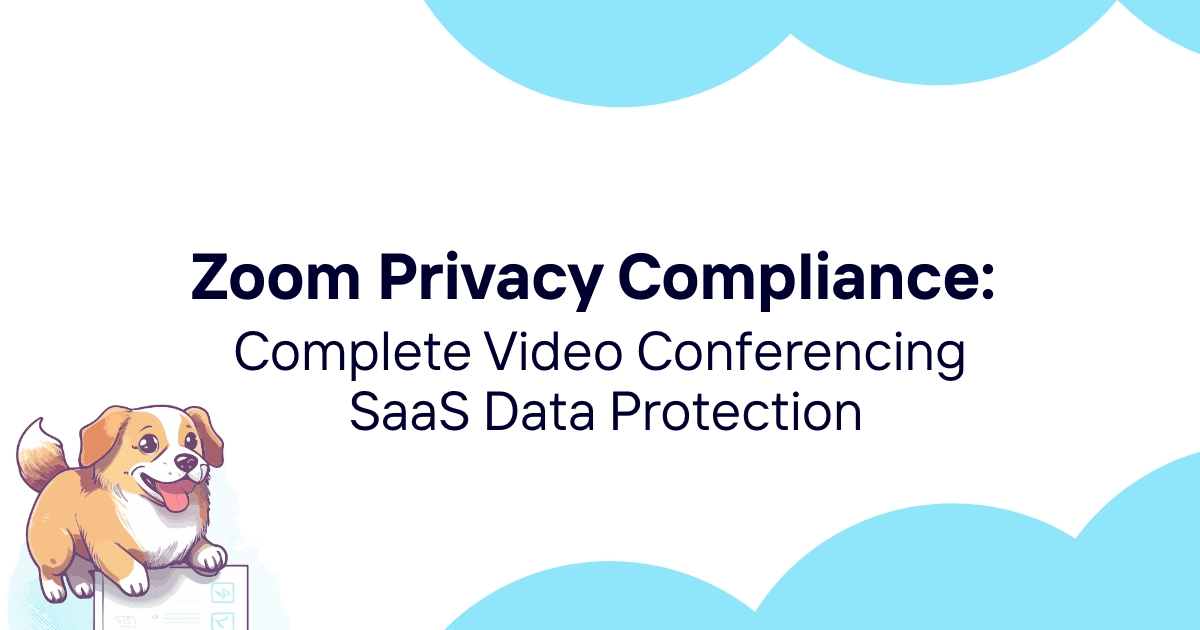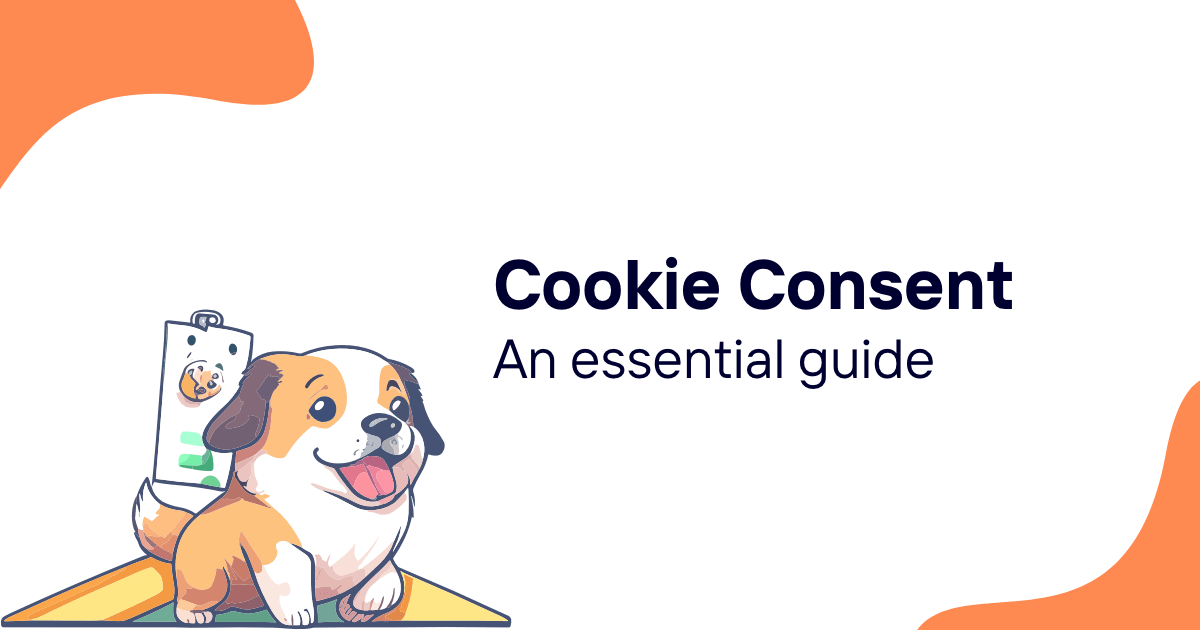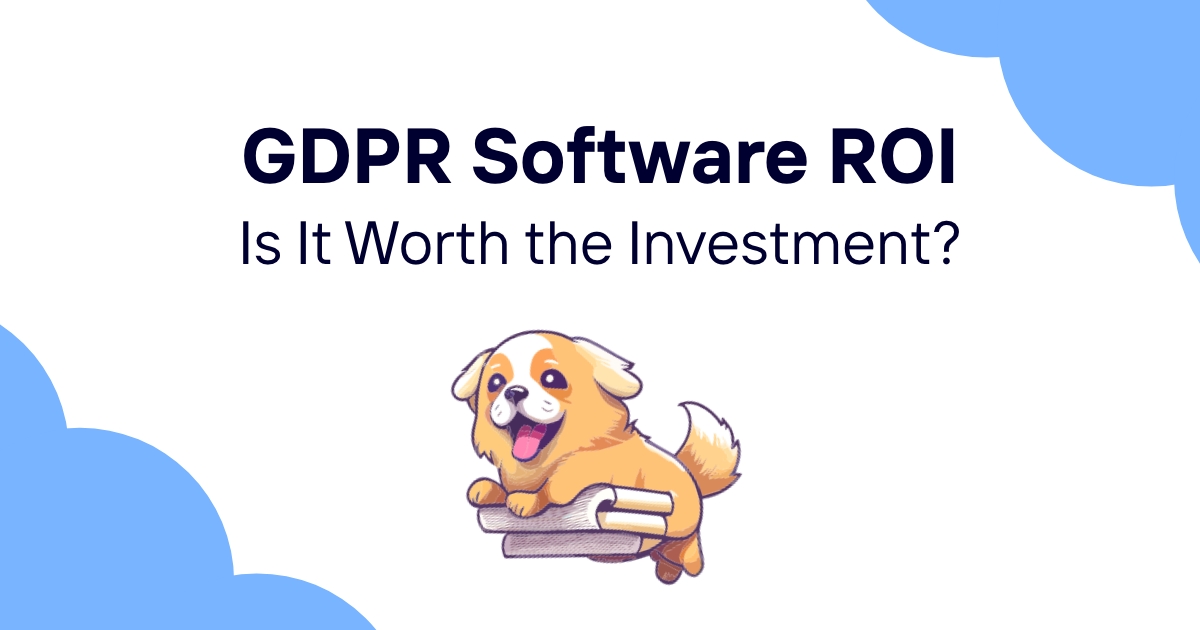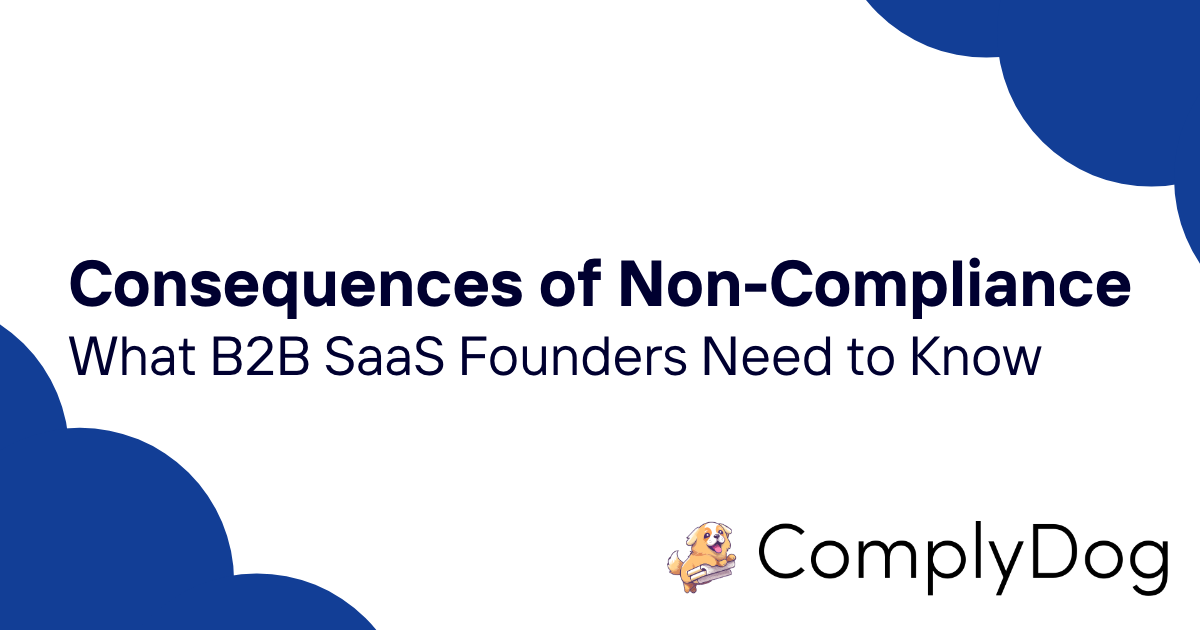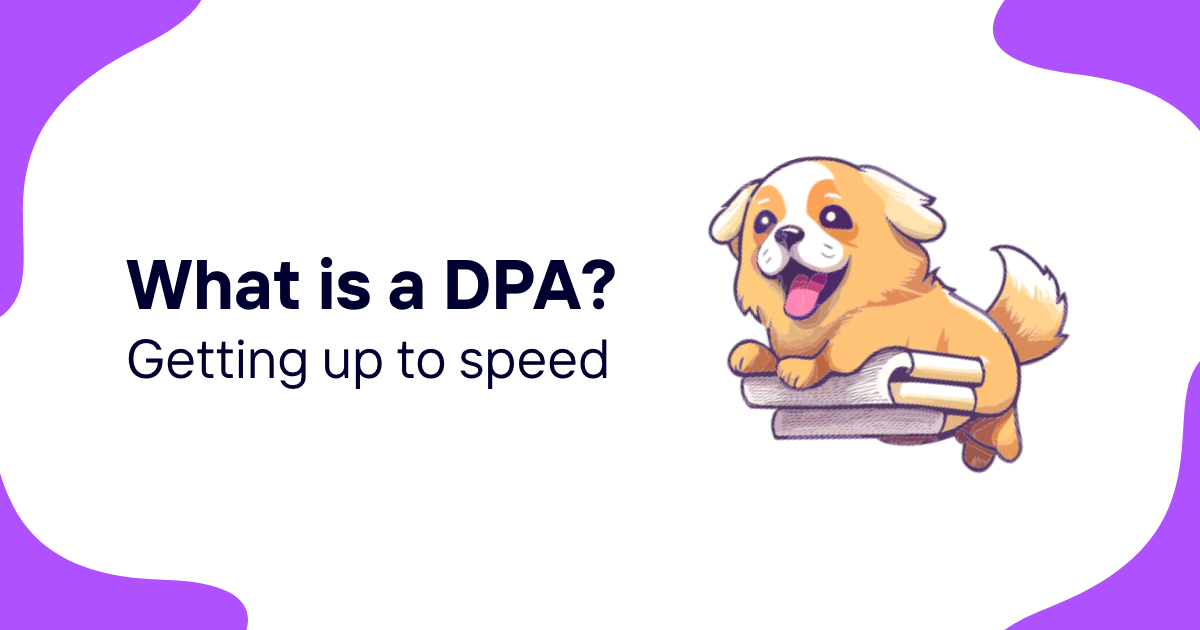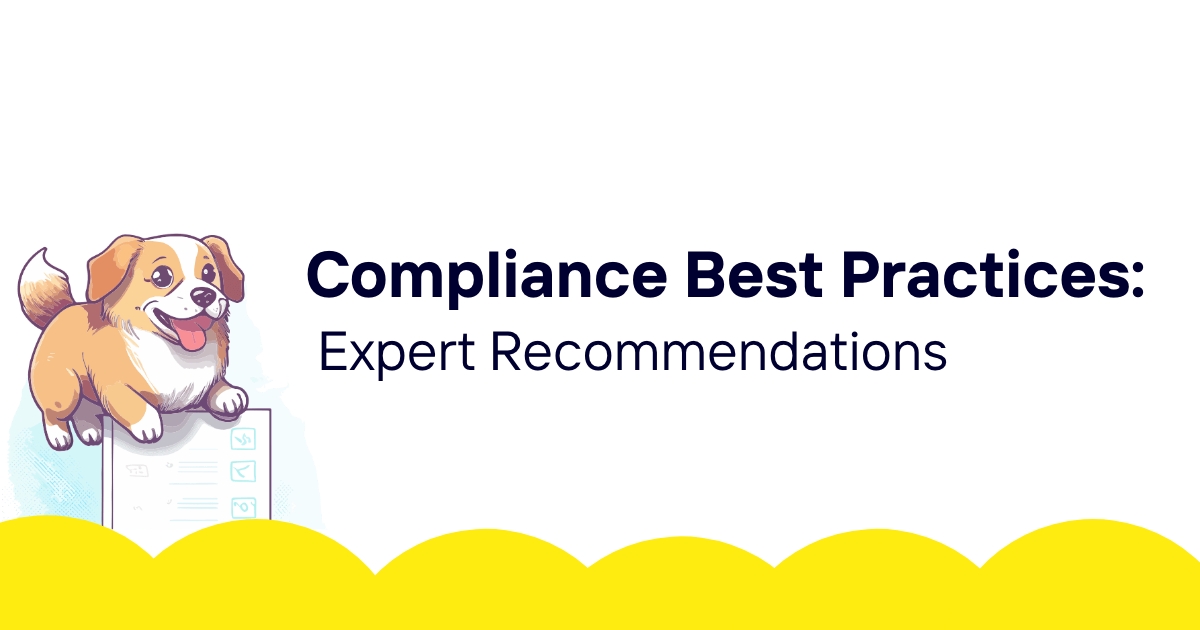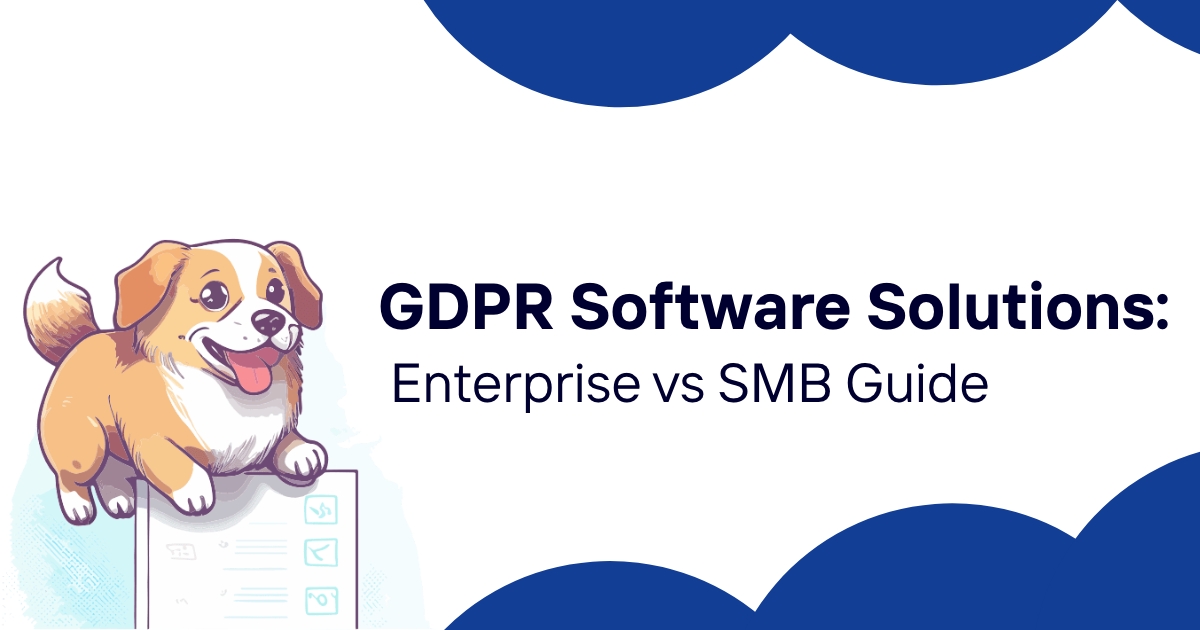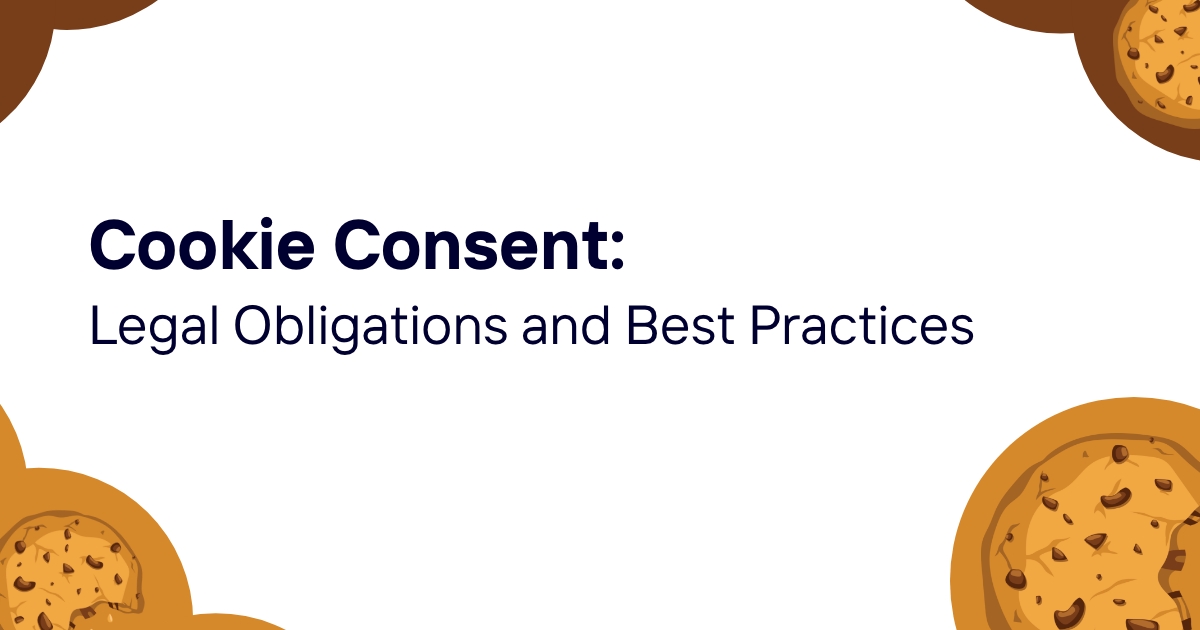Zoom's video conferencing platform creates complex privacy compliance challenges that require balancing meeting functionality with comprehensive data protection for participants across diverse geographical locations and regulatory frameworks. While Zoom provides extensive privacy and security features, achieving comprehensive compliance requires understanding how meeting data, participant information, and recording storage intersect with privacy regulations.
The complexity of Zoom privacy compliance stems from the platform's role in facilitating communication that often involves confidential business discussions, personal conversations, and participant data from multiple jurisdictions with different privacy requirements and expectations.
Video conferencing platforms like Zoom process extensive personal data including participant identities, meeting content, behavioral analytics, and device information that create comprehensive privacy obligations under GDPR, CCPA, and other international privacy laws that must be managed throughout meeting lifecycles.
SaaS companies using Zoom must navigate the intersection of business communication needs, participant privacy rights, and regulatory compliance while maintaining effective video conferencing that supports remote work, customer meetings, and business operations without compromising privacy protection.
Proper Zoom privacy implementation requires coordinated management of meeting settings, recording policies, participant notification, and integration privacy while ensuring video conferencing supports business objectives within privacy compliance boundaries.
ComplyDog helps SaaS companies implement comprehensive Zoom privacy compliance through systematic assessment of meeting data flows, automated privacy controls, and ongoing compliance monitoring that addresses the unique challenges of video conferencing data protection.
Zoom Privacy and Security Features Overview
Zoom provides extensive privacy and security features that SaaS companies must configure appropriately to achieve comprehensive video conferencing privacy while maintaining meeting effectiveness and participant engagement.
Zoom Privacy Dashboard and Controls:
Zoom's Privacy Dashboard provides centralized privacy management including data processing settings, participant notification controls, and privacy policy integration that support systematic privacy protection across video conferencing operations.
Configure Privacy Dashboard settings to align with organizational privacy requirements while ensuring video conferencing operations maintain compliance throughout meeting planning, execution, and post-meeting data handling.
Meeting Privacy Settings:
Zoom offers comprehensive meeting privacy controls including waiting rooms, meeting passwords, participant authentication, and join restrictions that protect meeting privacy while supporting business communication needs.
Implement meeting privacy settings that provide appropriate security for different meeting types while ensuring privacy protection scales across internal meetings, customer calls, and external collaboration sessions.
Data Processing and Storage Controls:
Zoom provides data processing controls including geographic data storage options, retention settings, and processing limitation capabilities that support privacy compliance requirements for meeting data and participant information.
Configure data processing controls to align with privacy policies and regulatory requirements while maintaining necessary video conferencing capabilities for business communication and collaboration.
Participant Consent and Notification:
Zoom includes participant notification and consent features that inform meeting attendees about recording, data processing, and privacy practices while supporting informed participation in video conferences.
Implement participant notification that provides clear information about meeting data processing while maintaining meeting flow and ensuring participants understand their privacy rights and choices.
Enterprise Privacy Features:
Zoom's enterprise features include advanced privacy controls such as data loss prevention, compliance monitoring, and enhanced encryption that support comprehensive privacy protection for business video conferencing.
Configure enterprise privacy features that provide necessary protection for sensitive business communications while ensuring video conferencing capabilities support organizational collaboration and customer engagement needs.
For insights on managing workplace communication privacy alongside video conferencing, check out our Slack workplace privacy guide which addresses similar collaboration privacy challenges.
Meeting Data Collection and Privacy Management
Effective meeting data privacy management in Zoom requires understanding what participant data is collected, how it's processed, and what privacy protections are necessary throughout meeting lifecycles and participant interactions.
Participant Registration Data:
Zoom meeting registration often collects participant names, email addresses, company information, and custom registration fields that constitute personal data requiring privacy protection and appropriate processing justification.
Implement registration data collection that serves specific meeting purposes while avoiding unnecessary personal information gathering that creates privacy risks without corresponding meeting value or business necessity.
Meeting Attendance and Participation Data:
Zoom collects extensive meeting attendance data including join times, participation duration, interaction patterns, and engagement metrics that constitute personal data requiring privacy consideration and participant notification.
Configure meeting analytics that provide necessary business insights while protecting participant privacy through appropriate data processing limitations and transparency about meeting data collection and usage.
Chat and Q&A Data Processing:
Meeting chat messages, Q&A submissions, and interactive features involve personal data processing that requires privacy protection while supporting meeting engagement and participant interaction.
Manage meeting interaction data that balances communication functionality with privacy protection through appropriate retention policies and access controls for meeting communication content.
Screen Sharing and Content Privacy:
Screen sharing and content presentation in Zoom meetings might inadvertently capture personal data or confidential information requiring privacy consideration and appropriate content protection measures.
Implement screen sharing controls that prevent unauthorized personal data exposure while supporting effective meeting presentations and content collaboration within privacy compliance boundaries.
Meeting Metadata and Technical Data:
Zoom processes extensive meeting metadata including device information, network data, and technical performance metrics that might constitute personal data requiring privacy protection and participant awareness.
Configure metadata processing that provides necessary meeting functionality while protecting participant privacy through appropriate technical data handling and processing limitation measures.
Zoom Recording and Storage Privacy Compliance
Zoom recording capabilities create significant privacy obligations because recorded meetings often contain confidential discussions, personal information, and participant data that require comprehensive protection throughout recording lifecycles.
Recording Consent and Notification:
Zoom recording requires appropriate participant consent and clear notification about recording activities while ensuring all participants understand recording purposes and data handling practices.
Implement recording consent that provides clear information about recording purposes, storage duration, and access rights while ensuring participants can make informed decisions about meeting participation.
Cloud vs Local Recording Privacy:
Zoom cloud recording and local recording have different privacy implications including data storage location, retention policies, and access controls that affect privacy compliance and participant data protection.
Configure recording storage that aligns with privacy requirements while supporting business needs for meeting documentation and content sharing through appropriate privacy protection and access management.
Recording Retention and Deletion:
Meeting recording retention requires balancing business needs for meeting documentation with privacy minimization principles and participant data deletion rights under privacy regulations.
Implement recording retention policies that address legitimate business purposes while providing appropriate data lifecycle management for meeting content containing personal data and confidential information.
Recording Access and Sharing Controls:
Zoom recording access controls must protect recorded meeting content while supporting legitimate business needs for meeting review, training materials, and content distribution within privacy compliance boundaries.
Configure recording permissions that provide necessary access while protecting participant privacy through appropriate sharing controls and confidentiality measures for sensitive meeting content.
Automatic Recording Privacy Considerations:
Automatic recording features require enhanced privacy consideration including participant notification, consent management, and data protection measures that address ongoing recording without explicit participant awareness.
Design automatic recording policies that provide clear participant notification while ensuring meeting content receives appropriate privacy protection throughout automatic capture and storage processes.
Participant Data Rights in Zoom Meetings
Participant data rights in video conferencing platforms require specialized implementation that addresses meeting contexts, participant expectations, and business needs for meeting documentation and communication records.
Participant Access to Meeting Data:
Meeting participants have rights to access their personal data from Zoom meetings, but these rights must be balanced with business confidentiality and other participants' privacy in meeting content and discussions.
Implement participant data access that provides appropriate personal information while protecting business confidential content and other participants' privacy through careful data compilation and review processes.
Meeting Content Correction Rights:
Participant rights to correct inaccurate personal data in meeting records require consideration of meeting content integrity, transcript accuracy, and legitimate correction needs for recorded discussions.
Design correction processes that address factual errors in participant information while maintaining meeting record integrity and providing appropriate mechanisms for participants to address meeting data concerns.
Participant Deletion and Meeting Records:
Participant data deletion rights must be balanced with business needs for meeting records, compliance documentation, and organizational communication history that might require retaining meeting content.
Configure deletion processes that respect participant rights while maintaining necessary business records through appropriate retention policies and legal compliance requirements for meeting documentation.
Cross-Border Participant Privacy Rights:
International meeting participants create complex privacy rights scenarios where different participants might have different rights under various privacy regulations that must be coordinated appropriately.
Implement participant rights management that addresses multiple jurisdictional requirements while maintaining meeting functionality through systematic privacy protection and appropriate rights coordination.
Participant Withdrawal and Meeting Continuation:
Handle situations where participants withdraw consent or exercise deletion rights while meetings are ongoing or recorded, requiring appropriate privacy protection without disrupting business communication.
Design withdrawal processes that respect participant privacy choices while maintaining meeting continuity through appropriate privacy protection and participant communication about rights exercise impacts.
Zoom Integration Privacy Considerations
Zoom's extensive integration ecosystem creates complex privacy compliance challenges that require systematic assessment of data flows between video conferencing and other business applications throughout meeting and collaboration workflows.
Calendar Integration Privacy Management:
Zoom integrations with Google Calendar, Outlook, and other scheduling platforms involve personal data synchronization that requires appropriate privacy controls and participant notification about integrated data processing.
Configure calendar integrations that maintain meeting convenience while protecting participant privacy through appropriate data sharing limitations and privacy control coordination across scheduling and conferencing systems.
CRM and Customer Data Integration:
Zoom integrations with Salesforce, HubSpot, and other CRM systems must maintain privacy compliance while supporting customer meeting management and sales process integration with video conferencing capabilities.
Assess CRM integrations for privacy compliance including customer data sharing, meeting analytics integration, and participant information synchronization that affects customer privacy and meeting data protection.
Collaboration Platform Integration:
Integrations with Slack, Microsoft Teams, and other collaboration platforms must coordinate privacy protection while supporting unified communication and meeting workflow integration across business collaboration tools.
Implement collaboration integration privacy that maintains consistent privacy protection while supporting workflow efficiency through appropriate data synchronization and privacy control coordination.
Recording and Storage Integration Privacy:
Zoom integrations with cloud storage services and content management platforms create additional privacy considerations for meeting recording storage and content collaboration across multiple systems.
Configure storage integration privacy that protects meeting content while supporting business collaboration through appropriate data processing agreements and privacy control coordination across storage platforms.
Analytics and Business Intelligence Integration:
Meeting data integration with analytics platforms and business intelligence systems requires privacy protection while supporting meeting effectiveness analysis and business communication insights.
Design analytics integration privacy that provides business insights while protecting participant privacy through appropriate data aggregation, anonymization, and processing limitation measures.
Video Conferencing Privacy Policies
Comprehensive privacy policies for video conferencing must address meeting-specific privacy considerations while ensuring participants understand data processing, privacy rights, and protection measures throughout meeting experiences.
Meeting-Specific Privacy Notices:
Develop privacy notices that specifically address video conferencing data processing including meeting attendance, recording practices, and participant data handling that differ from general website privacy policies.
Create meeting privacy notices that provide clear information about video conferencing data processing while ensuring participants understand their privacy rights and choices in meeting contexts.
Recording and Content Privacy Disclosure:
Privacy policies must clearly explain recording practices, content storage, and access rights while ensuring participants understand how meeting content is protected and who can access recorded discussions.
Implement recording privacy disclosure that builds participant confidence while providing legally required information about meeting content handling and protection measures.
Cross-Border Meeting Privacy Communication:
International meetings require privacy policy communication that addresses different participants' privacy rights and protection standards while ensuring consistent privacy protection across jurisdictional boundaries.
Design international meeting privacy communication that addresses multiple regulatory requirements while maintaining clear participant understanding about privacy protection and data handling practices.
Third-Party Integration Privacy Disclosure:
Privacy policies must address data sharing with integrated platforms while ensuring participants understand how meeting data flows between systems and what privacy protection applies throughout integrated workflows.
Configure integration privacy disclosure that provides transparency about data sharing while maintaining participant trust through clear information about privacy protection across connected business systems.
Privacy Policy Updates and Meeting Communication:
Maintain ongoing communication about privacy policy changes that affect meeting data processing while ensuring participants stay informed about privacy protection updates and new features.
Design privacy policy communication that keeps meeting participants informed while maintaining trust through transparent information about privacy protection improvements and policy updates.
Zoom GDPR Compliance Configuration
Comprehensive GDPR compliance configuration for Zoom requires systematic implementation of privacy controls, data protection measures, and participant rights support throughout video conferencing operations and business workflows.
GDPR Data Processing Configuration:
Configure Zoom data processing settings that align with GDPR requirements including data minimization, purpose limitation, and retention management while maintaining necessary video conferencing functionality.
Implement GDPR processing controls that provide appropriate privacy protection while supporting business communication needs through systematic privacy configuration and ongoing compliance management.
Participant Consent Management:
Design participant consent management that addresses GDPR requirements for meeting participation while supporting business video conferencing through appropriate consent collection and participant choice mechanisms.
Configure consent management that provides meaningful participant choice while maintaining meeting functionality through appropriate privacy controls and participant notification systems.
Data Subject Rights Implementation:
Implement data subject rights processing for meeting participants while coordinating with broader privacy rights management and ensuring comprehensive coverage of video conferencing data.
Design rights implementation that provides efficient participant request processing while maintaining meeting privacy protection through appropriate verification procedures and comprehensive data handling.
International Data Transfer Controls:
Configure Zoom international data transfer settings that comply with GDPR transfer requirements while supporting global business communication and participant collaboration across geographical boundaries.
Implement transfer controls that provide appropriate privacy protection while maintaining video conferencing functionality through compliant international data processing and participant protection measures.
Compliance Monitoring and Reporting:
Establish ongoing GDPR compliance monitoring for video conferencing operations while tracking privacy performance metrics and supporting regulatory accountability through systematic compliance assessment.
Design compliance monitoring that provides proactive privacy management while supporting continuous improvement through automated compliance tracking and comprehensive privacy metrics analysis.
Privacy Impact Assessment for Video Conferencing:
Conduct comprehensive privacy impact assessments for video conferencing operations while identifying privacy risks and implementing appropriate safeguards for meeting data processing and participant protection.
Implement privacy impact assessment that evaluates video conferencing risks while ensuring appropriate privacy protection through systematic risk analysis and comprehensive safeguard implementation.
Ready to achieve comprehensive video conferencing privacy protection? Use ComplyDog and transform Zoom meetings from privacy concern to participant trust builder through systematic privacy management that balances business communication needs with comprehensive data protection.
